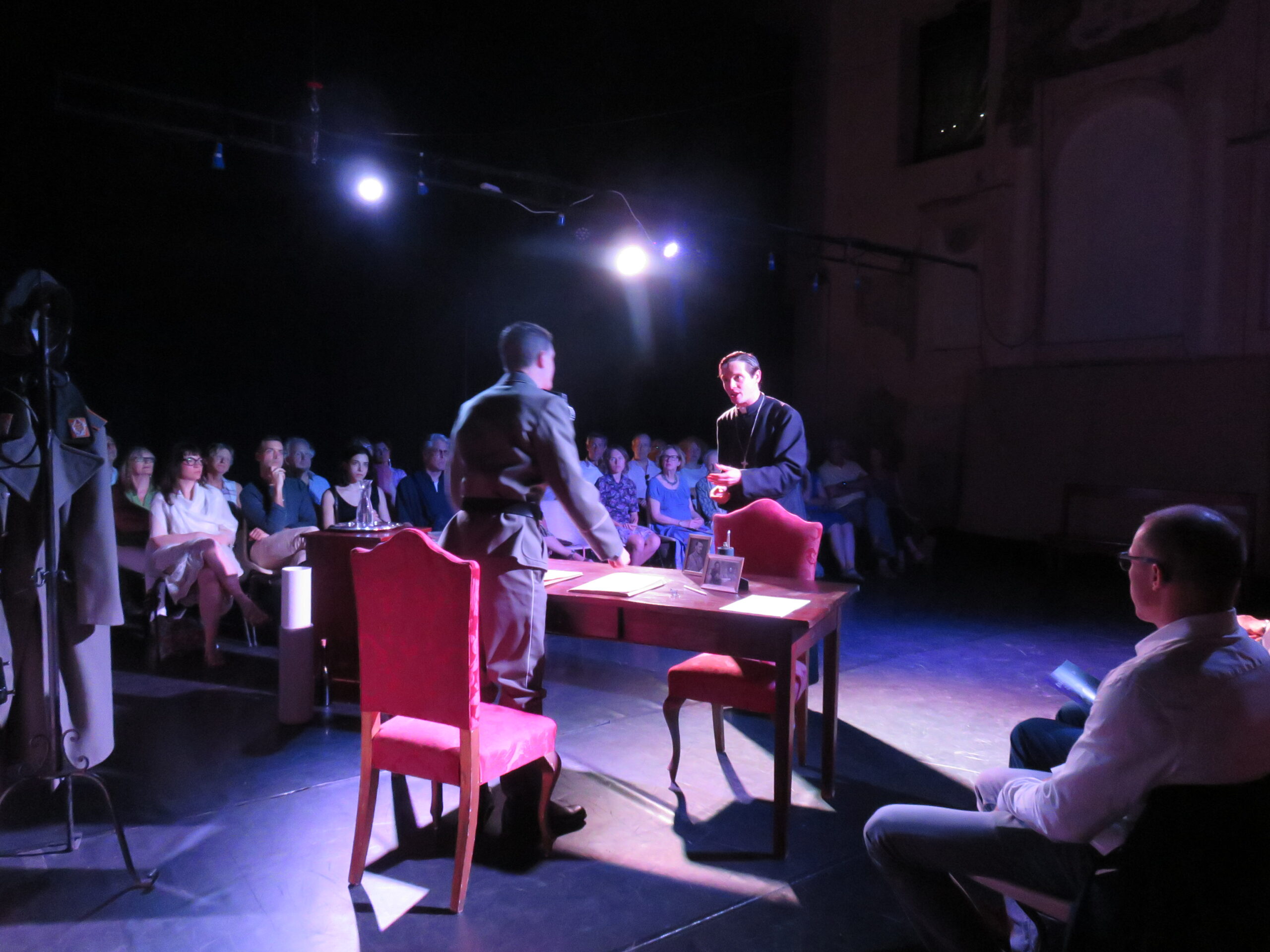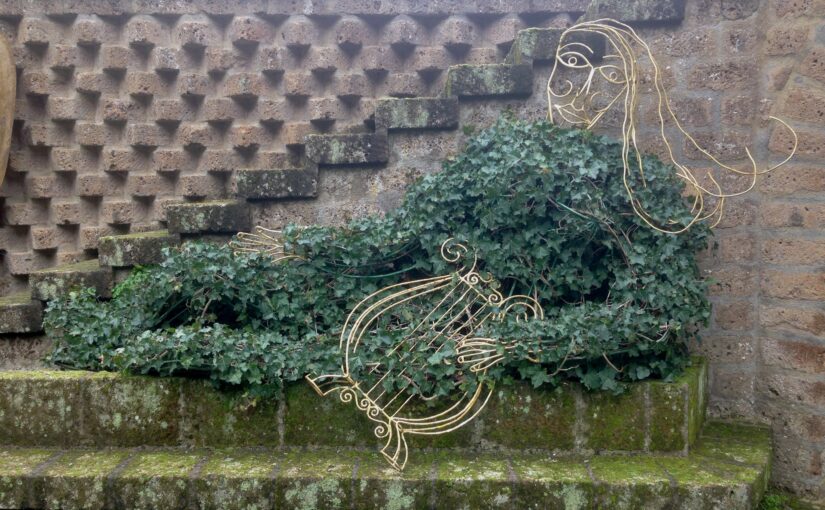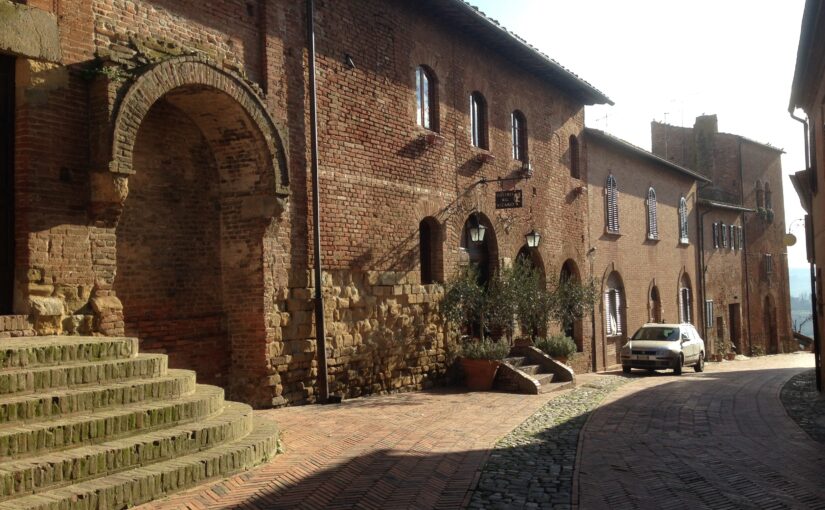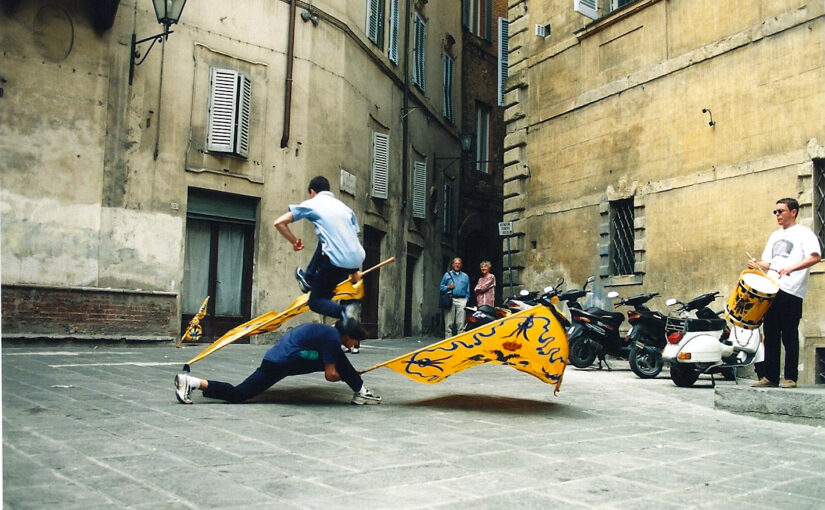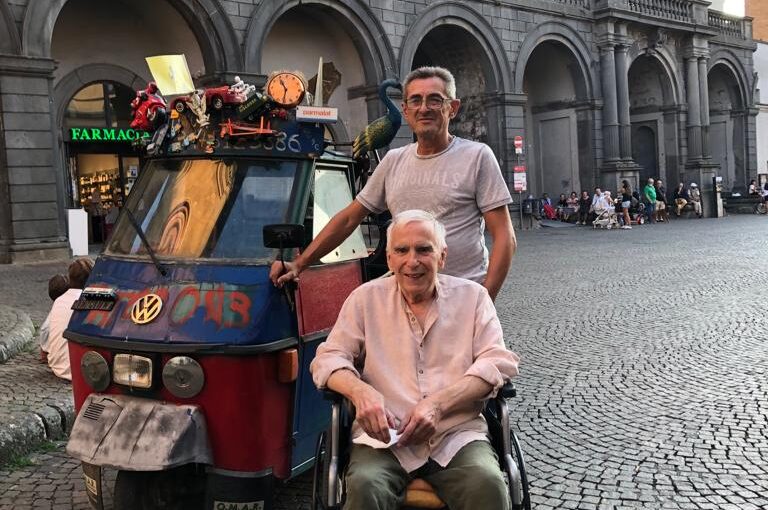Friday 19 April
Tuesday of this week, walking in the garage was almost normal for 20-30 meters at a time. Wednesday night I slept straight through after only two restarts, and turned freely and spontaneously in bed. Thursday I felt released of some burden. This morning my session on the rower was ninety percent perfect. And so it has been for the last few weeks, one good step ahead per day, but not yet anything that repeats itself immediately or seems to build on its previous occurrence.
I’m also involved with re-mounting my play, Colloquia, which soaks up my limited time on the computer, so that accounts for my recent absence from this blog. But if you see a fund raising notice somewhere, that’s me struggling to type, so please respond if you’re able and/or pass it on. The when, where, and how of production will be announced later in April.
[from Recovering from Parkinson’s by Janice Hadlock]
“Some people turn off self-induced pause gradually, some even going two steps forward, one step back, for months or years. They might find at first that they have odd moments, now and then, during which they feel different – not on pause. In these moments, the mind is more relaxed and movement in some parts of the body feels more fluid. If a person keeps up or intensifies his mental self-therapy, these moments gradually increase in frequency and duration. Eventually, these people find that they are using self-induced pause mode only once in a while, usually when they are concerned about something. The people who recover gradually, who turn off pause in fits and starts instead of instantly, might have a harder time believing, at first, that something is changing for the better. Even when their use of self-induced pause mode occurs very infrequently, maybe once a week for a few hours, they tend to be terrified, each time, that their Parkinson’s has returned as strong as ever. Even so, they can eventually recover fully and have no more relapses.”
